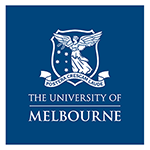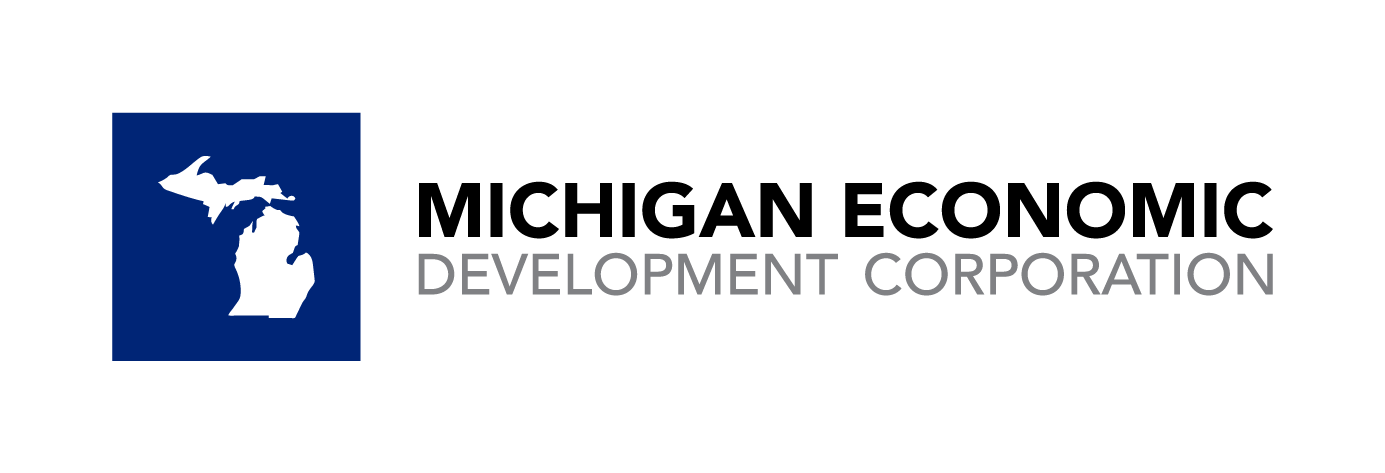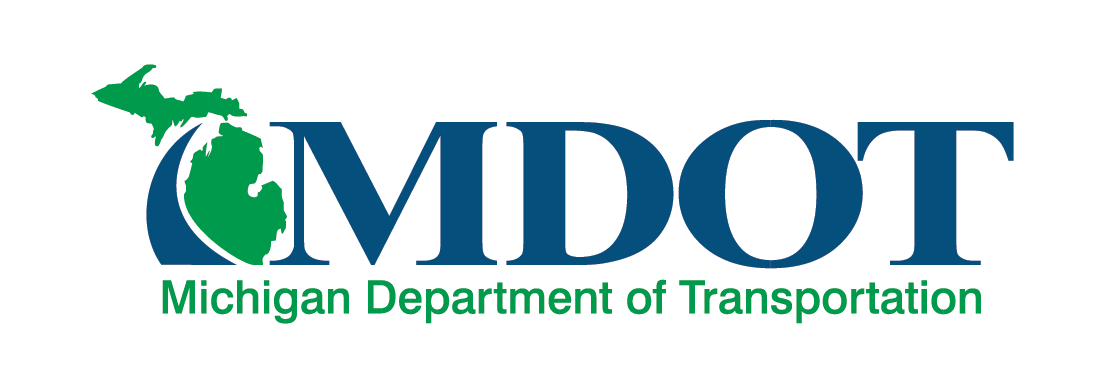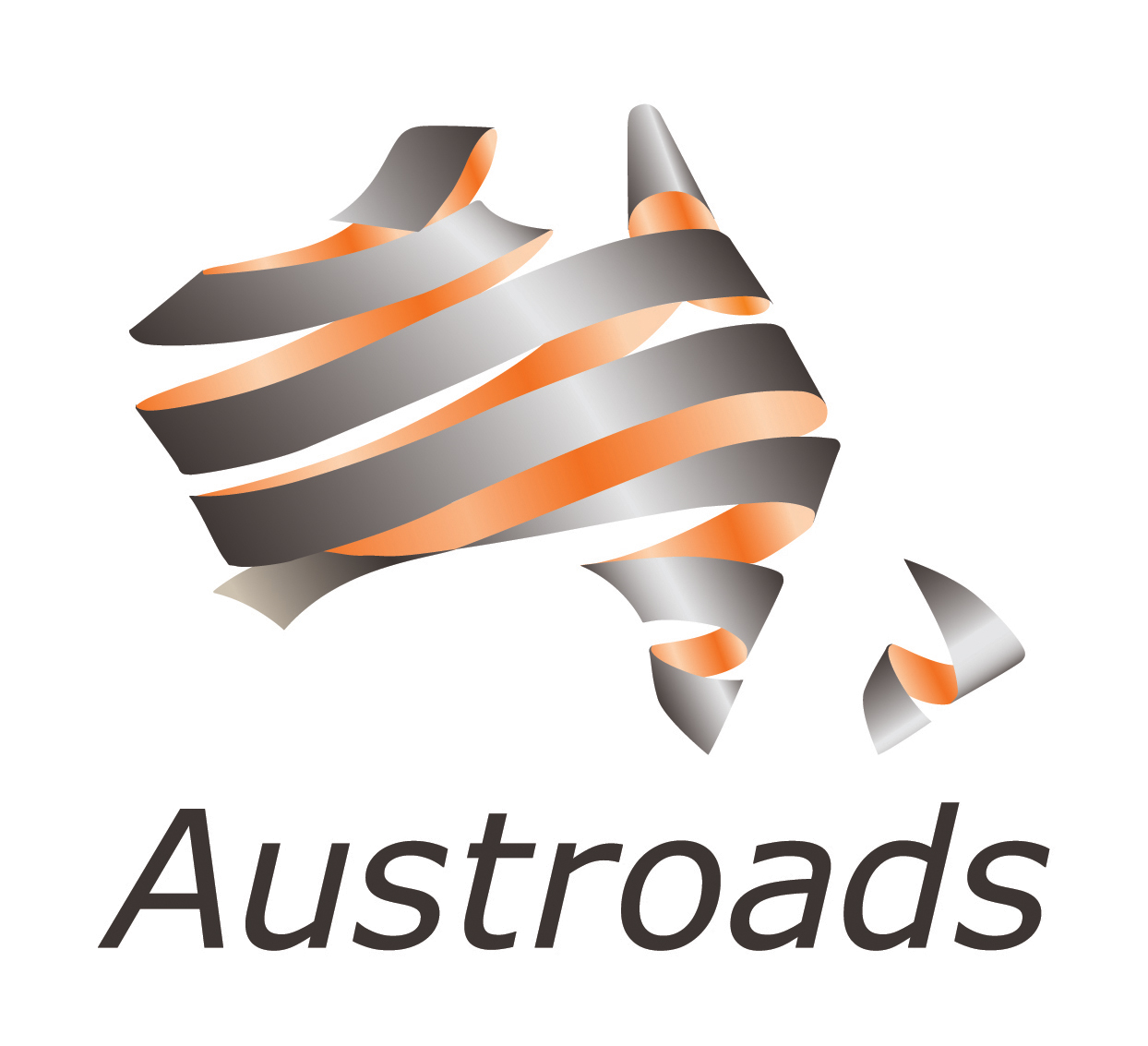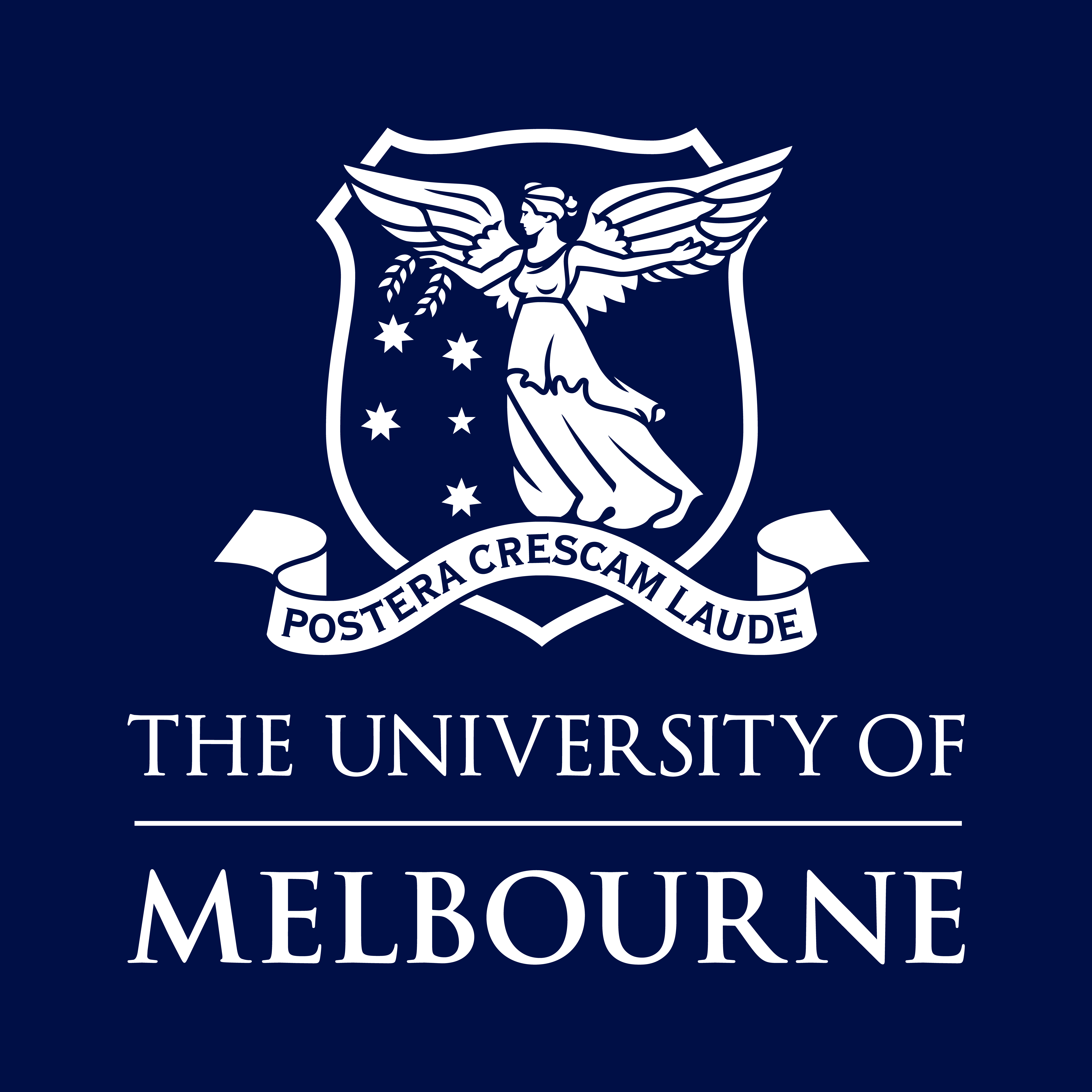
Roadway infrastructure has long been viewed as immutable: highways, streets, and bridges that have very long design lives (but still require extensive maintenance) and are difficult to change. By comparison, the vehicles that use the infrastructure are much more innovative, adaptable and short-lived. And the end users – commuters, deliverers, travelers and haulers – have learned to expect immediate satisfaction of their demands for movement on the network. Now infrastructure is becoming twinned, connected and an active contributor to traffic control and overall system performance. The use of ITS is now expected, and infrastructure managers have learned to “operate” the infrastructure and extract significant extra value from the physical elements.
In order to unlock greater value from the roadway infrastructure system, we are moving to a more open-ended “system of systems” approach where broader connections and relationships become more critical. For example, the new charging network for electrified vehicles (EVs) is situated within the historically-entrenched roadway network and all of its physical, cyber-physical and institutional ramifications. Closer coupling of the worlds of infrastructure and automotive innovation is unavoidable. And multimodalism is breaking well beyond roadway infrastructure to integrate the modes of rail, maritime and air. The heightened importance of logistics and supply chain entails intermodal connections, but also numerous global enterprises beyond transport including materials, manufacturing and distribution. At the more local level, mobility in our cities relies more on data that enables smarter use of multiple modes old and new.
In the United States, the trillion dollar Bipartisan Infrastructure Law signed in November 2021, is historic in its size – the largest ever investments in highway networks, broadband, rail and transit, clean energy, and water, just to name a few. Its breadth of programs and sectors included in the law allocates funding to over 350 distinct programs across more than a dozen federal departments and agencies. The U.S. Department of Transportation is overseeing most of the programs, and the bulk of the project delivery is provided collectively by the state departments of transportation (DOTs). In Australia, strong federal impetus is being provided for safety, digital and physical infrastructure suitability for future transport technology, and clean energy in the national roadway network. End-to-end efficiency of freight networks, and nationally-consistent investment in intermodal freight terminals, is receiving high priority. At the same time, more diverse regional priorities – taking into account regional nodes of national importance – have been identified as pillars of future transport systems.
This webinar will provide an overview of open-ended infrastructure initiatives in the U.S. and Australia, considering better integration and operation of existing assets, as well as innovations such as electrification, data architectures, connectivity, automation, and artificial intelligence. A moderated, cross-cutting discussion will seek to go behind the bold headline statements and highlight societal and economic impacts.
Panellists

Judd Herzer
Director of Strategic Policy, Department of Labor & Economic Opportunity / Office of Future Mobility & Electrification, State of Michigan
Judd Herzer is the Director of Strategic Policy for the Michigan Department of Labor & Economic Opportunity. In this role Judd assists department agencies with strategic policy initiatives and is the primary manager of policy for both the Office of Future Mobility and Electrification and the Michigan High-Speed Internet Office. Judd facilitates the policy work of these offices across state government, and with academia and private industry to enhance Michigan’s mobility and broadband ecosystems for the benefit of the residents of the state.
Judd formerly served as the Infrastructure and Technology Policy Advisor to Michigan Governor Gretchen Whitmer and has worked in both chambers of the Michigan legislature with a decade plus track record as an accomplished policy professional.
Judd holds a BA and JD from Western Michigan University, is a licensed attorney in the state of Michigan, and is an avid Manchester United fan.


Joanne Smail
Senior Trade Commissioner | Minister Counsellor (Commercial) / Australian Trade & Investment Commission
Joanne Smail serves as Senior Trade and Investment Commissioner / Minister Counsellor (Commercial) with the Australian Trade and Investment Commission (Austrade) in Washington DC.
Previously Joanne joined the Australian Government following a career in the private sector as a strategy and business advisor with EY and then Scentre Group (owners and operators of Westfield in Australia and New Zealand). Joanne has worked with companies in the US, UK, Asia Pacific and Australia, partnering with them to achieve performance outcomes through customer experience, technology and cultural transformation.
Joanne has served as a Non-Executive Director for Marist 180 and The Yoga Foundation, not-for- profit organisations both focussed on empowering and enabling vulnerable sectors of our community to create positive change.


Tom Walker
Chairman / iMOVE Australia
Tom is a recognised leader in the transport technology industry, with over 35 years of experience developing, delivering, and supporting next-generation solutions in Australia and overseas. Tom is currently Chair of the Board of iMOVE Australia, a national centre for transport and mobility R&D that runs the iMOVE Cooperative Research Centre. Tom also provides strategic and business advisory services to the transport sector.
Tom's previous roles include as Managing Director of Cubic Transportation Systems' APAC regional business, Board Member of ITS Australia, and Advisory Board member of the Tourism & Transport Forum.


Dr Peter F. Sweatman
Enterprise Professor in Transport Technologies / The University of Melbourne
Dr Sweatman has over 30 years of experience in transportation research and innovation, and the application of R&D. That experience encompasses vehicles, drivers, and infrastructure and impinges on technology, policy, and strategic planning. He is a trusted international voice on connected and automated vehicles, safety, ITS, transportation research and education, and freight technology and policy. He has worked extensively in Europe and Asia-Pacific as well as the United States.
Dr Sweatman is the recipient of the 2020 Max Lay Lifetime Achievement Award, read more here.
